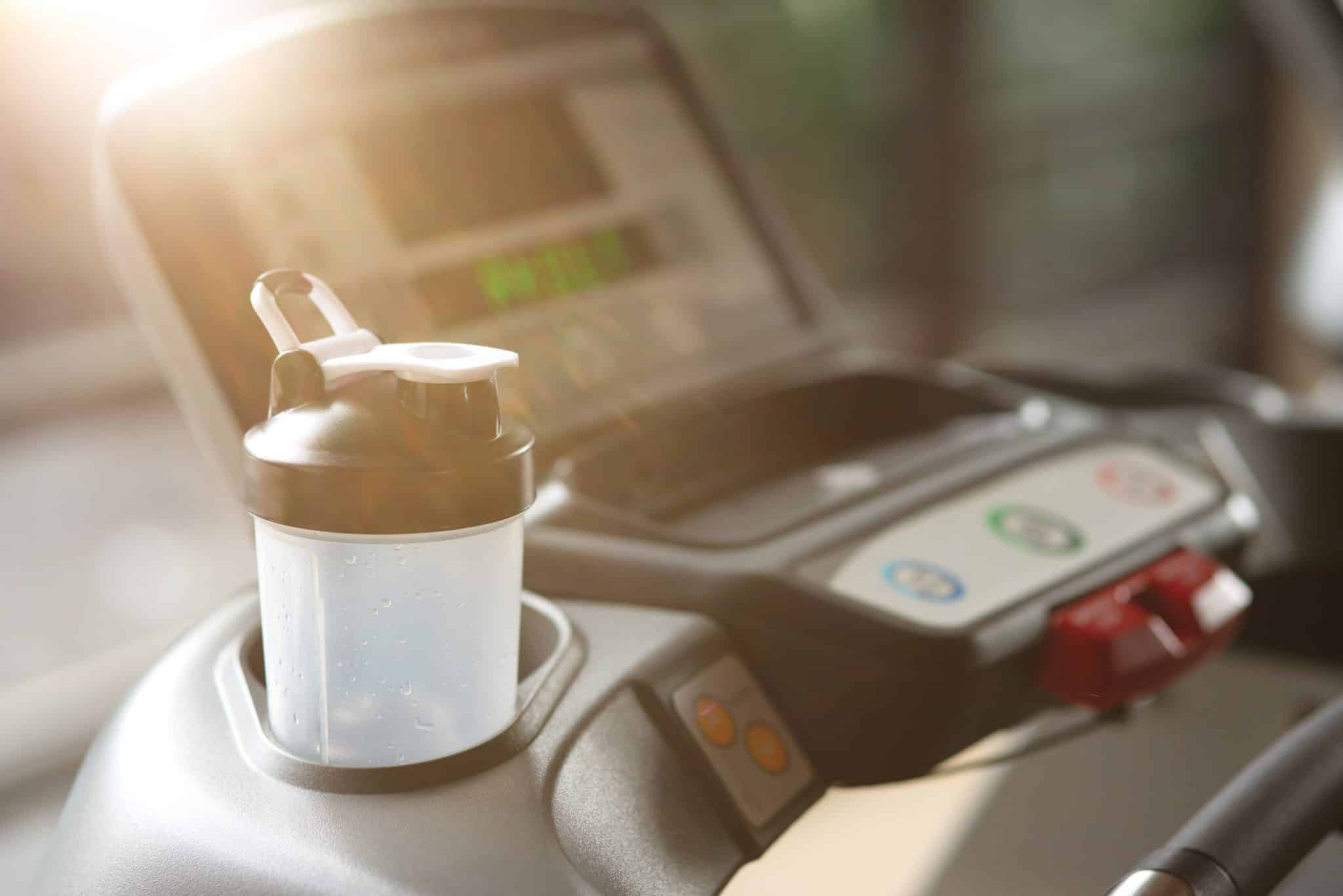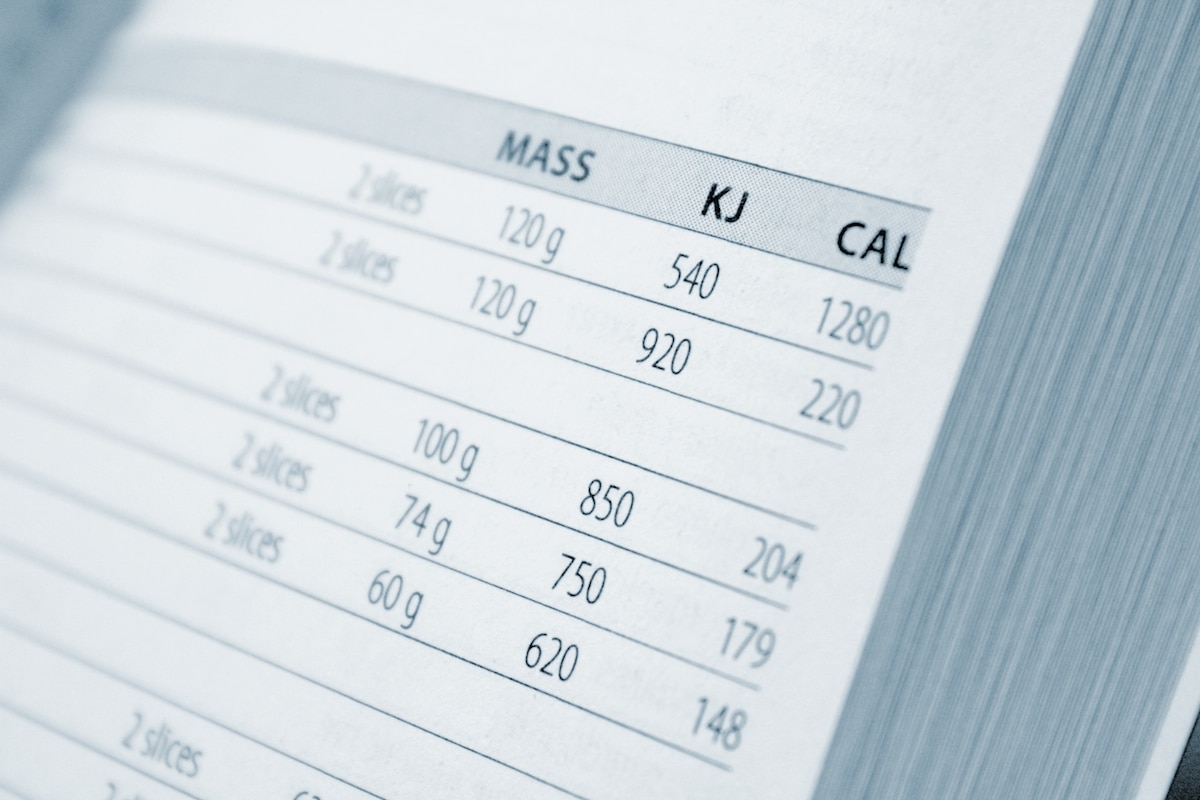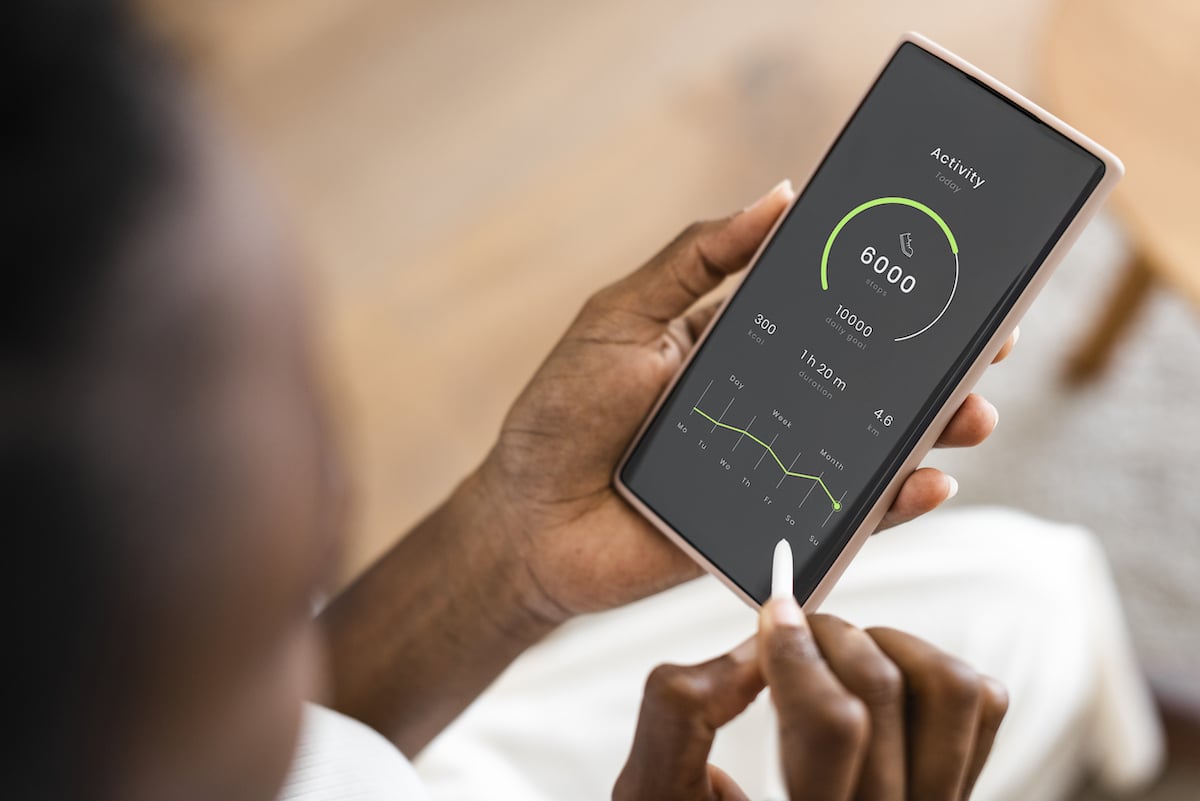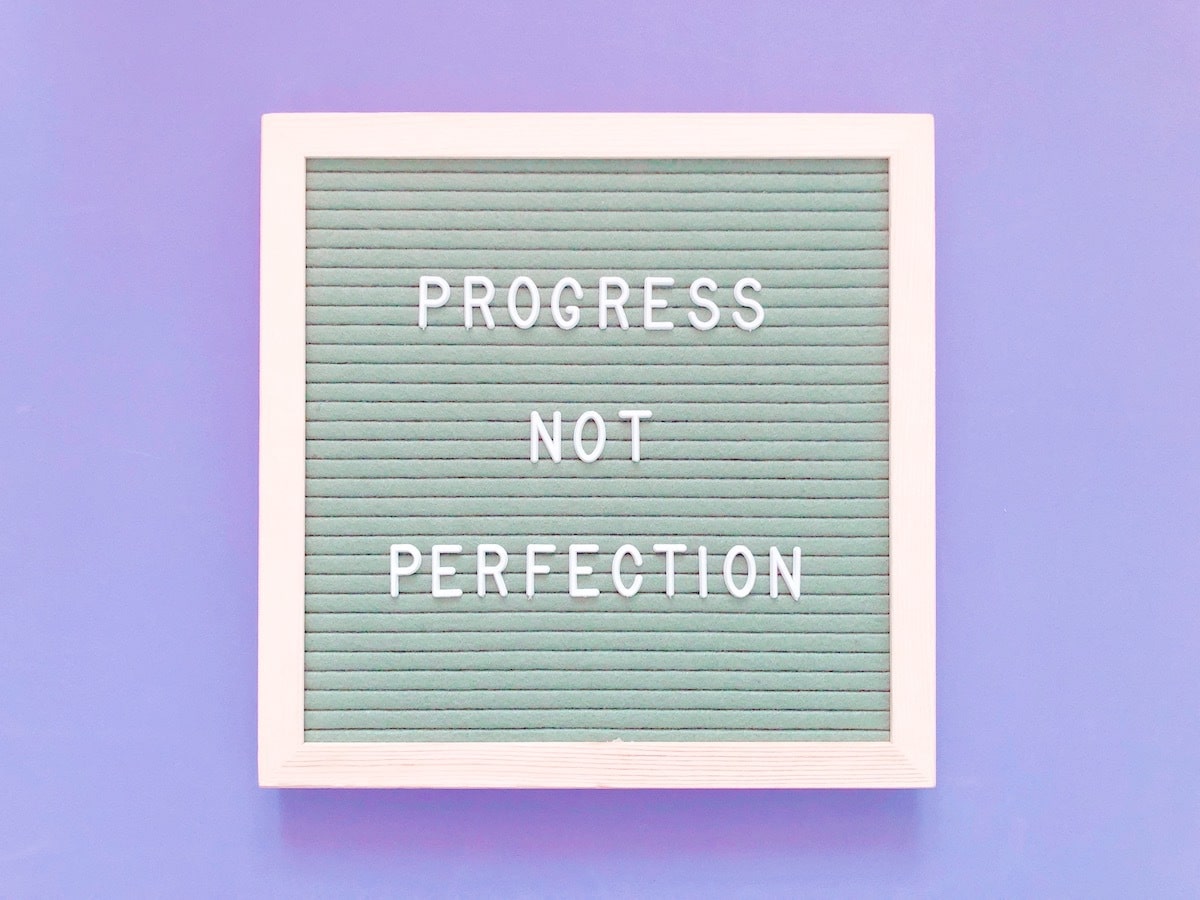
Erectile dysfunction (ED) is very common, impacting about 30 million men in the United States alone. While many have heard of Viagra as a means to treat ED, there is a wide range of treatment options that may be more suited to your needs. Whether you’re seeking alternatives due to medication tolerability, desire for a longer duration of action or prefer natural remedies – understanding the spectrum of treatment options beyond Viagra can help you find the right solution for treating your ED.

Injectable Medications
Administered directly into the base or side of the penis, injectable medications help dilate blood vessels and increase blood flow, promoting the achievement and maintenance of an erection. While some men may be intimidated by the idea of using a needle, it’s generally relatively painless to administer. One popular injectable ED medication is TriMix, which combines alprostadil, papaverine and phentolamine for safe and effective results. Injectable treatments are often prescribed when oral medications may not be suitable or effective for an individual, providing a reliable and rapid solution for those seeking immediate results in managing ED.
Penis Pumps
Penis pumps, or vacuum erection devices, are an alternative ED treatment that’s non-invasive and non-pharmacological. These devices create a vacuum around the penis, drawing blood into the erectile tissues to facilitate an erection. A constriction ring is then placed at the base of the penis to maintain the erection. Penis pumps are prescribed and closely monitored by a physician and are considered to be safe and effective.
Penile Suppositories
Penile suppositories are inserted into the urethra to promote blood flow to the penis and induce an erection. While this method may not be for everyone, it offers an effective and localized approach to treating ED. The suppositories dissolve, releasing medications like alprostadil directly where they’re needed. Suppositories can be an attractive option for those who have not seen results from oral treatments and prefer not to use injectable medications.
PRP Therapy
Platelet-rich plasma (PRP) therapy has recently gained attention for its potential in treating ED. Using the patient’s own concentrated platelets and growth factors, PRP aims to stimulate the patient’s tissue regeneration, enhance blood flow and improve erectile function. While research is ongoing, some individuals report positive outcomes and rarely any side effects. PRP therapy may be particularly appealing to those seeking a more natural approach to address the underlying causes of ED.
Hormone Replacement Therapy
Hormone replacement therapy (HRT) addresses ED linked to low testosterone levels. Testosterone is crucial for maintaining sexual function and libido, and low levels of testosterone are linked to ED. HRT can restore testosterone levels, improving overall sexual health. It’s essential that HRT is administered under the supervision of a healthcare professional to ensure appropriate dosages and monitoring of potential side effects.

Lifestyle Changes
While medication can provide effective and rapid results in managing ED, making lifestyle changes that prioritize personal health and well-being can make a significant difference on their own. Regular exercise, a balanced diet and weight management contribute to overall cardiovascular health, reducing the risk of vascular-related ED. Quitting smoking and moderating alcohol consumption is also proven to positively impact sexual function by improving blood flow and enhancing nerve function.
Psychotherapy
ED can stem from a variety of psychological factors like anxiety, stress and relationship issues, and psychotherapy can provide a valuable avenue for addressing these. Therapeutic approaches, such as cognitive-behavioral therapy or counseling, can help individuals explore these different barriers that may contribute to ED to overcome them. Psychotherapy not only targets the symptoms but also aims to improve overall mental health, promoting a more holistic approach to sexual well-being.
What’s the Best Option to Treat Your ED?
The journey towards overcoming ED can be different for everyone, and it’s essential that you work closely with your healthcare provider to understand the breadth of treatment options beyond Viagra and find the perfect solution for your unique goals and needs. Emerging therapies, like TriMix, are easy to self-administer, highly effective and long-lasting. Learn more about TriMix to find out if it’s the right ED treatment option for you.
Learn More About TriMix




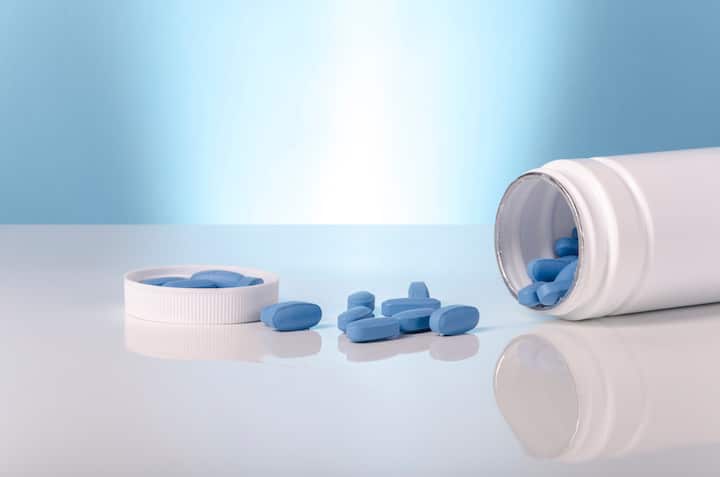
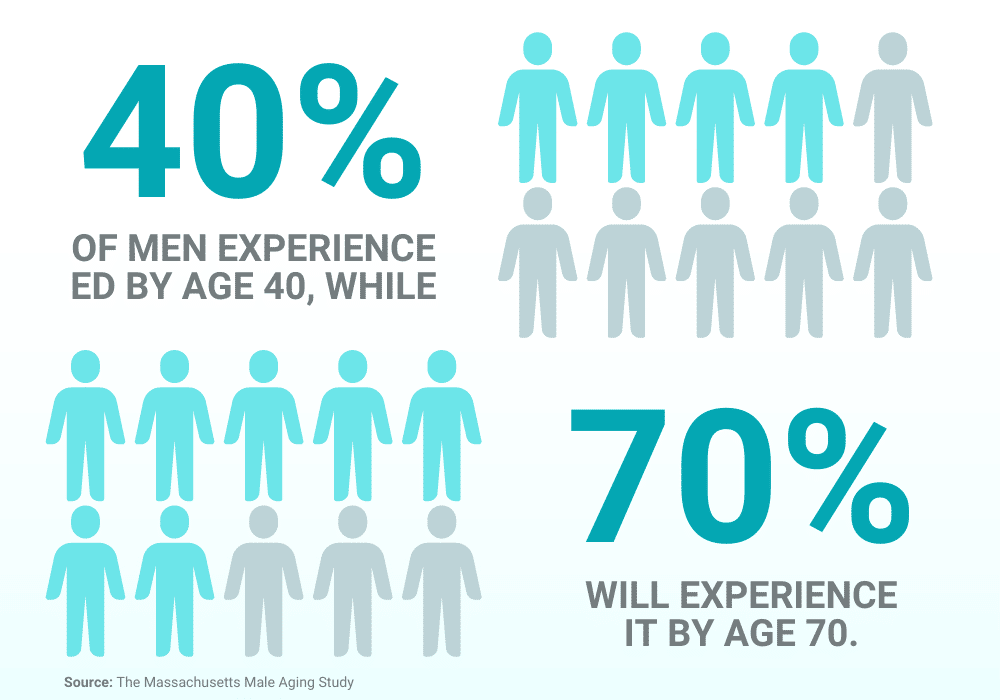
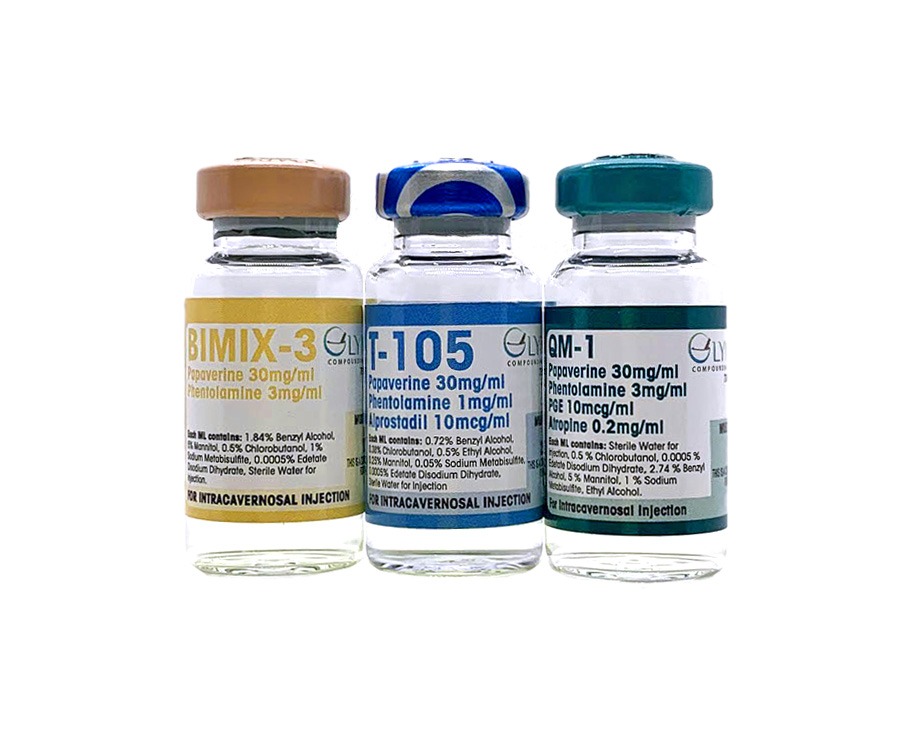
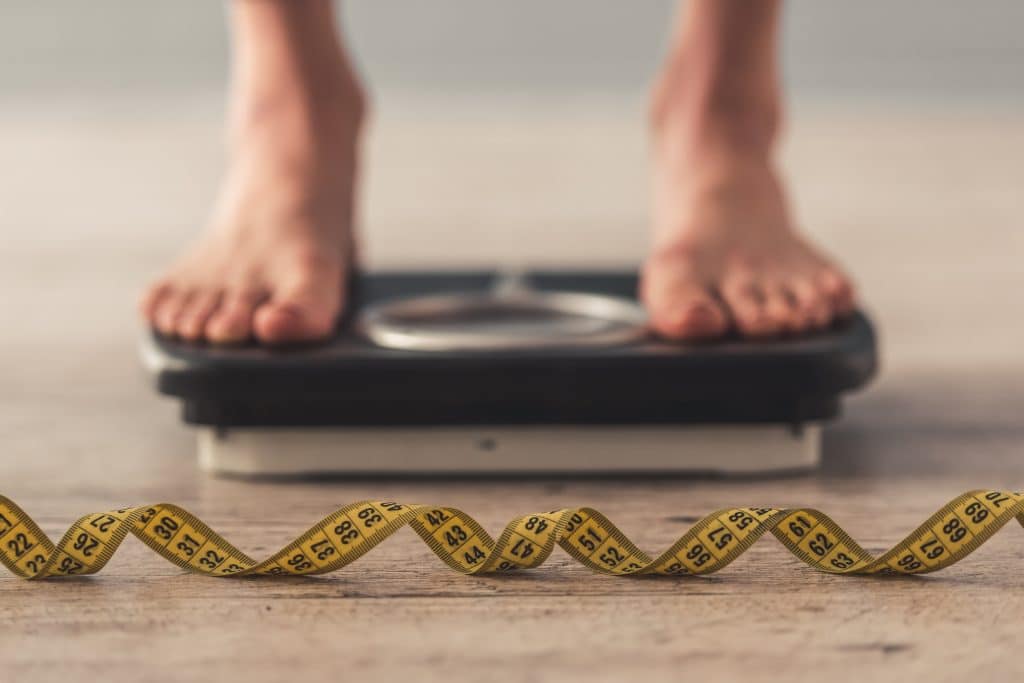

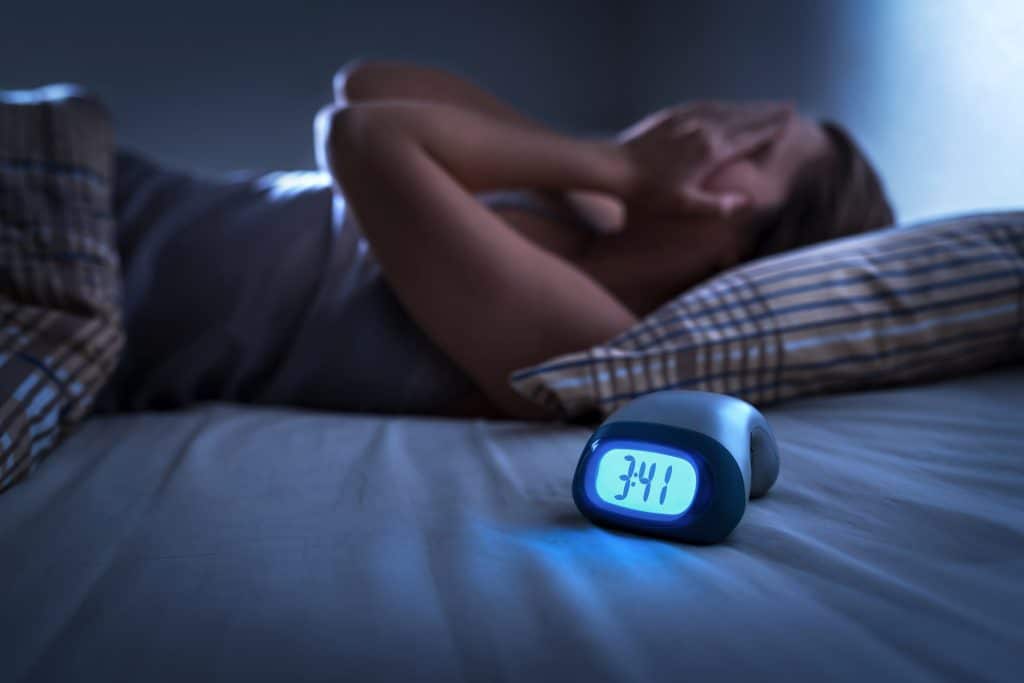


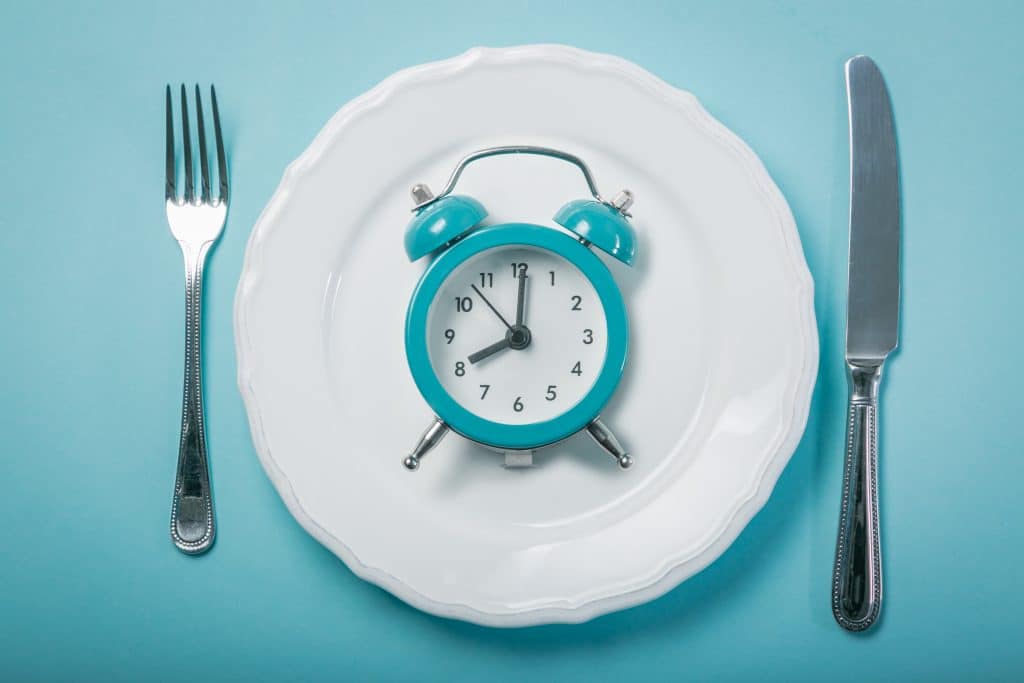

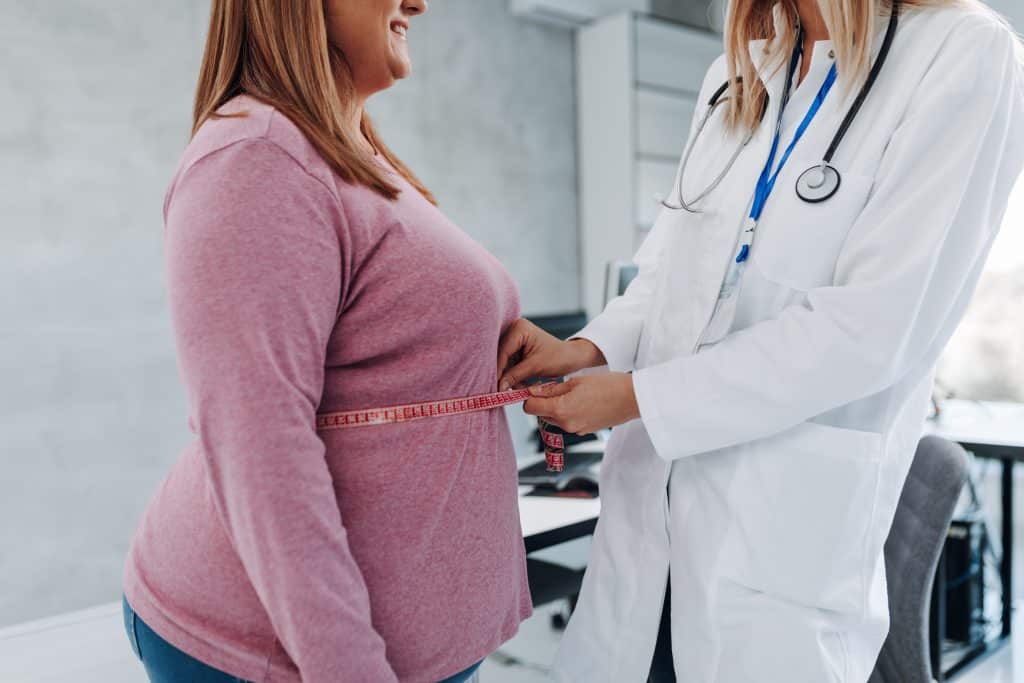










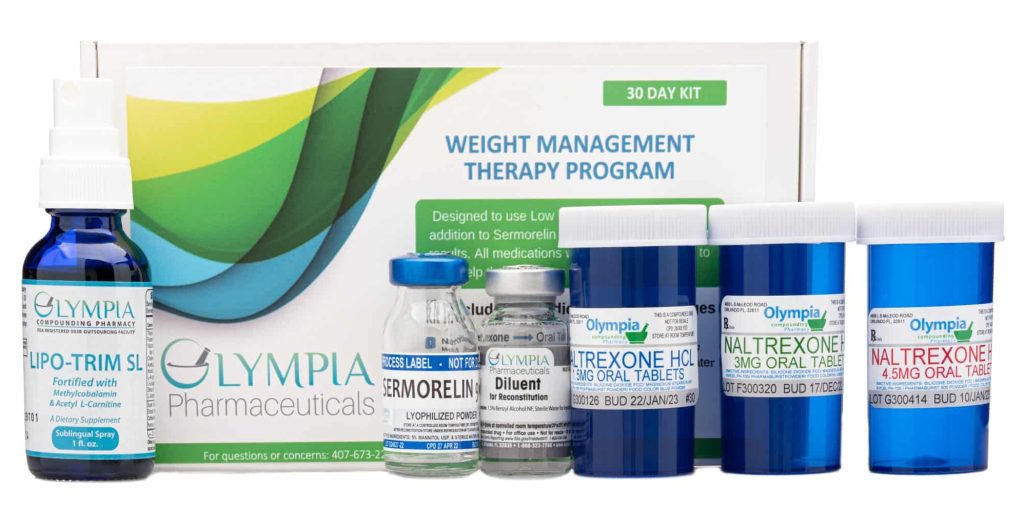
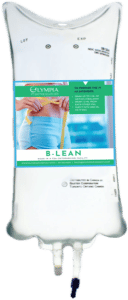

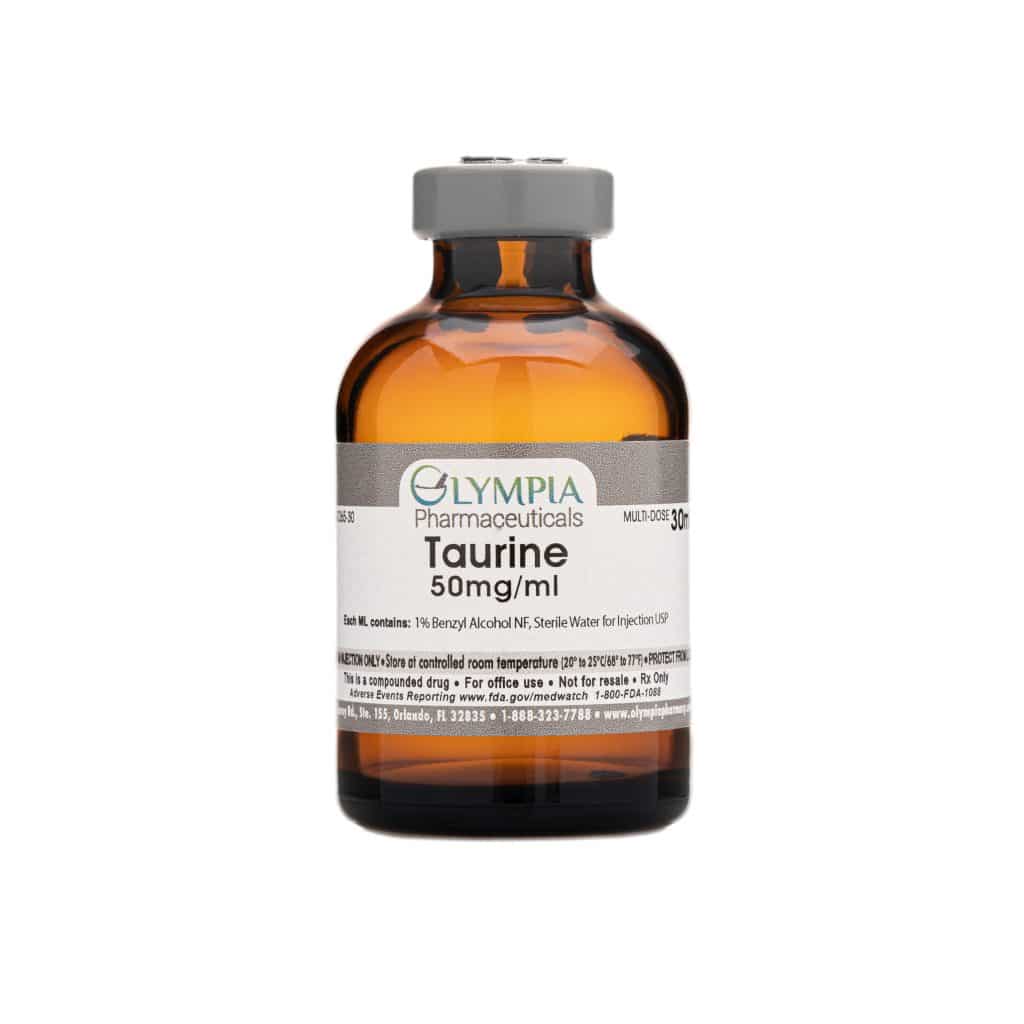
 L-Taurine helps support normal brain activity, keeping the neurons in the brain healthy and functioning properly. Studies have shown that it helps protect against neurological disorders such as Alzheimer’s disease, Parkinson’s disease, and dementia. It may also help improve memory and cognitive function.
L-Taurine helps support normal brain activity, keeping the neurons in the brain healthy and functioning properly. Studies have shown that it helps protect against neurological disorders such as Alzheimer’s disease, Parkinson’s disease, and dementia. It may also help improve memory and cognitive function.



